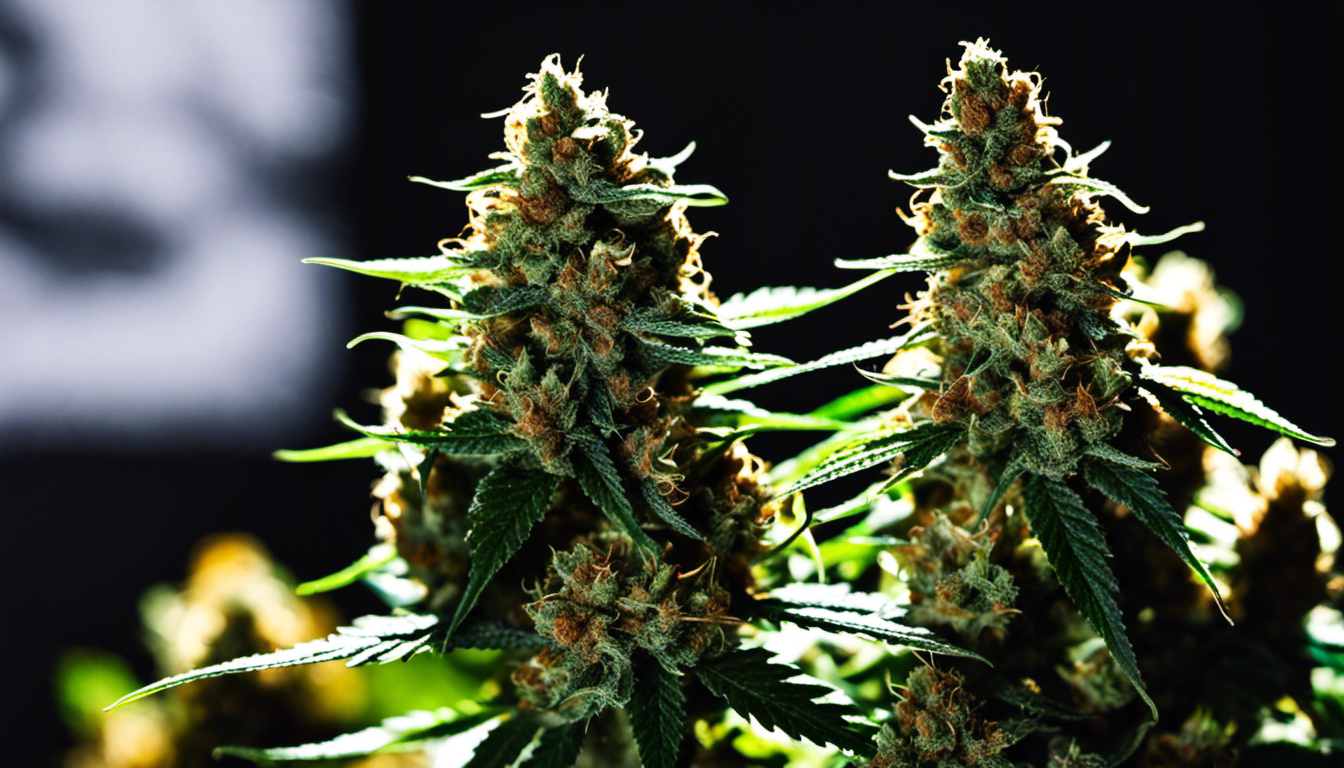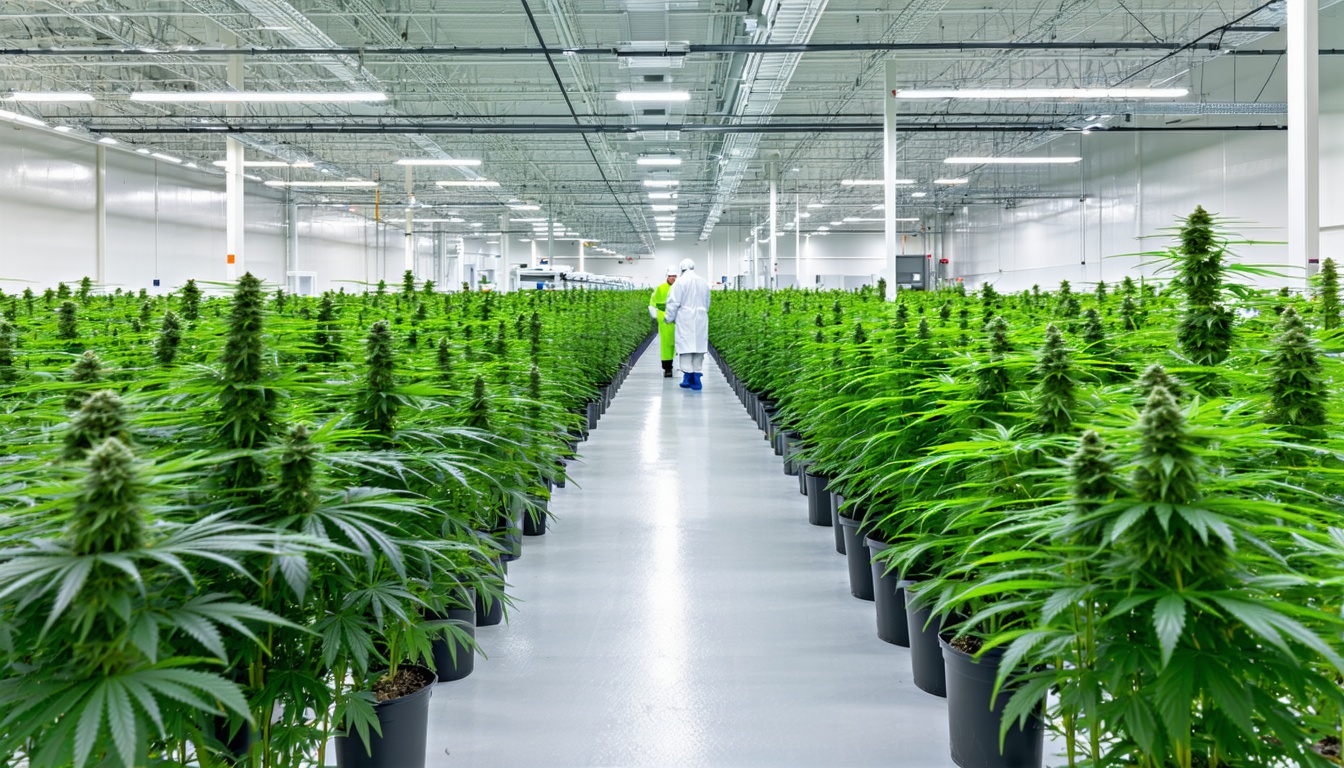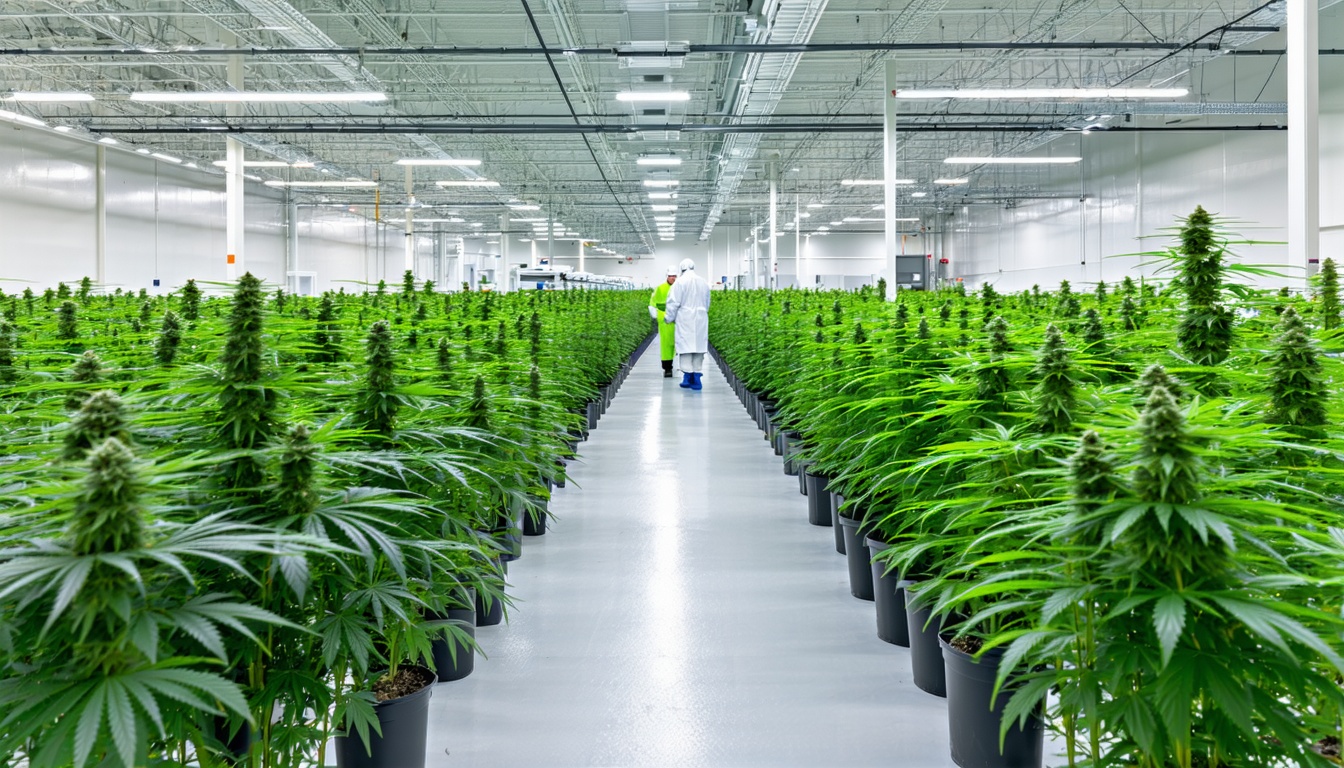New Research Highlights Importance of Proper Drying and Curing Techniques for Preserving Terpenes and Trichomes in Cannabis
A recent study published by the Cannabis Research Coalition has shed light on the significance of proper drying and curing techniques for preserving terpenes and trichomes in cannabis. The research, conducted in collaboration with Cannatrol, a cannabis technology firm, found that the way cannabis is handled after harvest can have a significant impact on the final product’s quality.
The study discovered that when cannabis flower is dried and cured in a stable environment with controlled vapor pressure, the final product retains more terpenes due to fewer ruptured trichomes. In contrast, traditional drying methods that involve variable swings in temperature, humidity, and vapor pressure can lead to a significant loss of terpenes and degradation of cannabinoids.
The researchers used Cannatrol’s Cool Cure technology, which maintains a stable vapor pressure during the drying process, to compare the effects on terpene retention and trichome integrity. The results showed that the Cool Cure delivered an average of 16% higher terpene retention and better trichome integrity compared to traditional drying methods.
Terpenes are believed to play a crucial role in modulating the cannabis experience and may work in tandem with cannabinoids to produce an “entourage effect.” Trichomes, on the other hand, are responsible for producing terpenes, cannabinoids, and other chemical compounds found in cannabis.
The study’s findings have significant implications for cannabis cultivators, processors, and consumers. Proper drying and curing techniques can help preserve the integrity of terpenes and trichomes, resulting in a higher-quality final product with improved flavor, aroma, and effects.
The research also highlights the importance of educating the cannabis community about the science behind post-harvest processing. By using advanced technologies like the Cool Cure, cultivators can consistently produce high-quality cannabis that meets the demands of medical patients and adult-use consumers.
In related news, a separate study published earlier this year found that terpenes may indeed be influential in the therapeutic benefits of cannabinoids. The study, which reviewed existing research on the topic, found that individual terpenes may have therapeutic benefits, such as relaxing, sleep aid, and anti-inflammatory properties.
As the cannabis industry continues to evolve, research like this will play a crucial role in unlocking the full potential of this complex plant. By understanding the interactions between cannabinoids, terpenes, and other chemical compounds, scientists and industry professionals can develop more effective and targeted products that meet the needs of every cannabis enthusiast.












